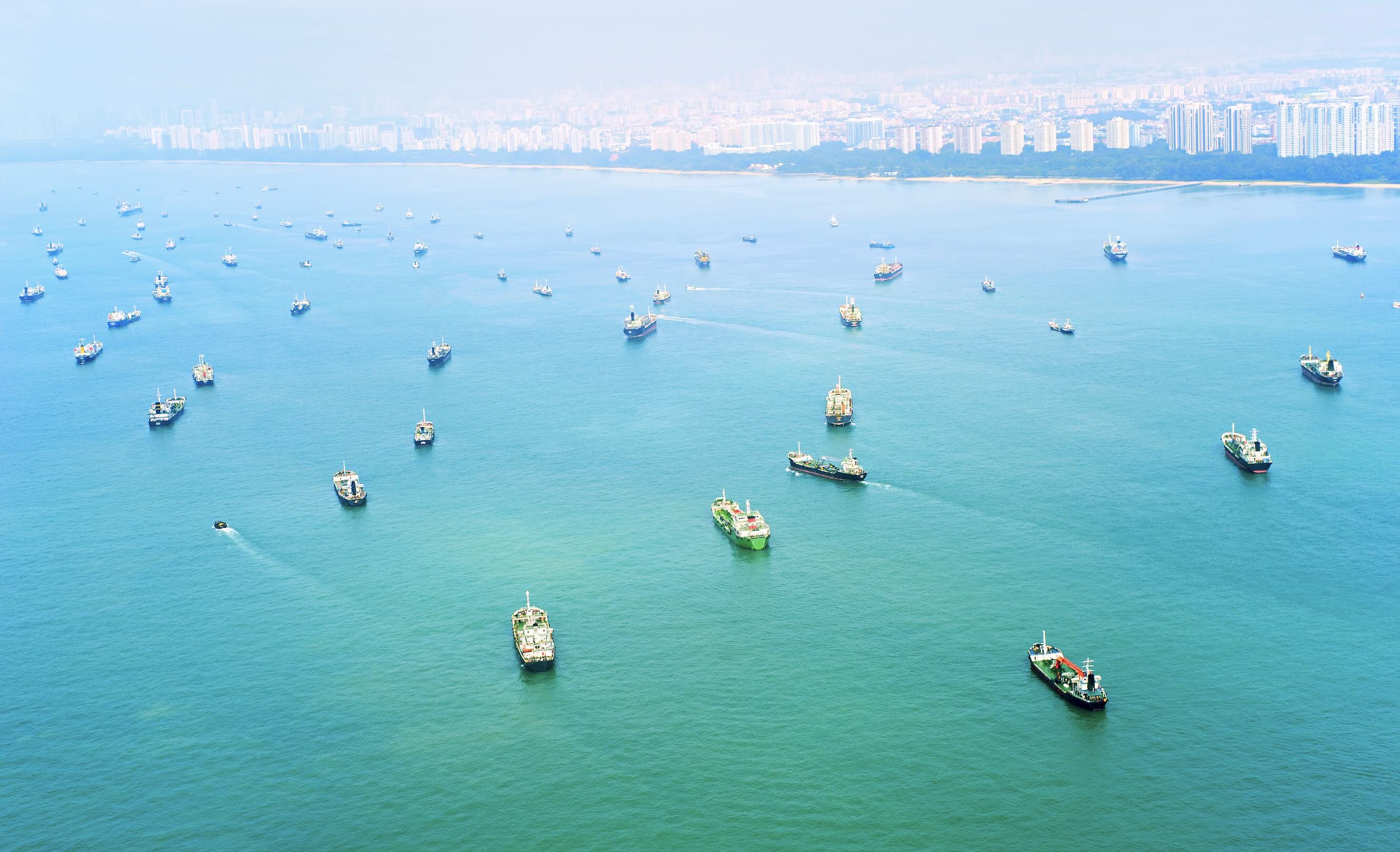Ship-to-Ship Transfers of Russian Oil: Shifting from Greece to New Hotspots
In recent months, Greek authorities implemented stringent measures to curb illegal and risky oil transfer activities in the Laconian Gulf, which posed environmental and security threats. This included expanding naval exclusion zones and conducting military exercises to enforce compliance. As a result, STS activities in the Gulf declined sharply, forcing oil tankers to seek alternative locations. The shift has disrupted established maritime operations, with STS transfers now taking place in new hotspots, particularly around Malta, Italy, and Western Africa. Since December 2022, 654 unique vessels have engaged in STS transfers in these areas, highlighting the extensive and dynamic nature of these operations despite regulatory challenges.


An analysis reveals critical insights into the impact of Greek restrictions and the price cap on ship-to-ship (STS) transfers post-Russia-Ukraine war, with a significant drop in STS transfers immediately after the Greek restrictions were enforced. Cargo volumes saw a sharp decline, followed by a fluctuating but generally rising trend. However, current volumes remain 40% below pre-restriction levels, indicating that while the initial enforcement disrupted operations, vessels have since adjusted, and transfer volumes are stabilising, reflecting the resilience and adaptability of maritime logistics.
Following the initial analysis of STS activities in the Laconian Gulf, it is essential to examine where vessels relocated after leaving the gulf due to Greek restrictions. Since May 2024, 99 vessels have engaged in STS transfers in the Laconian Gulf, with only 66% having previously operated around Laconian Gulf between December 2022 and April 2024. Additionally, 555 vessels, or 85% of the total, have left the Hellenic exclusive economic zone, heading to new locations. This shift highlights the adaptability of maritime operations in response to regulatory changes and sanctions. In 2024 alone, 236 vessels were involved in STS transfers, with 189 (80%) leaving the Aegean Sea following the NAVTEX announcement.
Post-Greek NAVTEX, vessels that once operated in the Laconian Gulf have dispersed to new locations and international waters for STS transfers. From May 1 to August 1, 2024, there were 122 STS transfers recorded in various regions. The Malta lightering area accounted for the majority, with 44% of transfers, followed by Augusta, Sicily with 11 transfers (9%), and Lome, Togo with 9 transfers (7%). This redistribution illustrates the maritime sector's resilience and strategic flexibility as operators swiftly adapt to regulatory environments to maintain operations within the Mediterranean. These movements reflect a broader trend of maritime logistics evolving to meet new challenges and opportunities in the global landscape.


Uncover risks before regulators do
See Kpler's Risk & Compliance insights in action.





